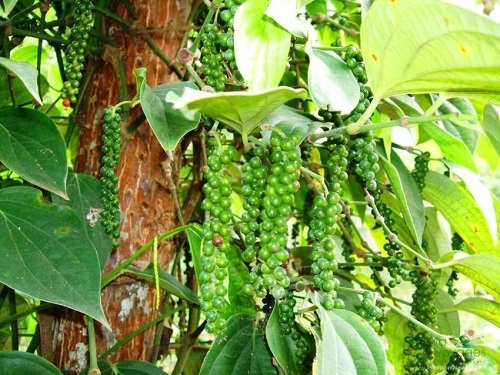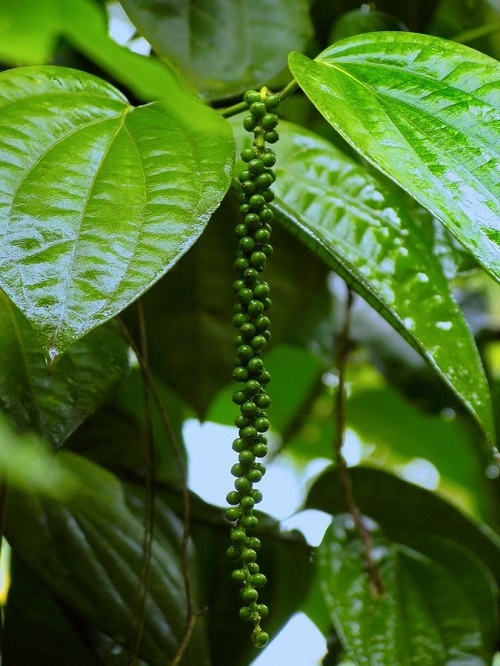In this article, we’ll shed a detailed light on the Black Pepper Plant Growing Zone in detail. Get ready to learn all the information!
If you know about Black Pepper Plant Growing Zone, then it will be really easy for you to grow it in the region your live in. Let’s dive deep into the details.
Learn How to Grow Black Pepper Here
Black Pepper Plant Information
Black pepper is a common spice made from the dried fruit or peppercorns of the Piper nigrum plant. It is native to South India and is now widely cultivated in tropical regions around the world.
Black pepper has a sharp, spicy flavor and aroma that comes from the natural chemical compound piperine. It is used to add flavor and heat to a wide variety of dishes. In addition to its culinary uses, black pepper has also been used for medicinal purposes for thousands of years and is believed to have antioxidant, anti-inflammatory, and digestive benefits.
Botanical Name: Piper nigrum
Learn More About Black Pepper Here
Black Pepper Plant Growing Zone
The black pepper plant is typically suited for USDA hardiness zones 10-12, which include tropical and subtropical regions of the United States. These zones are characterized by mild to warm winters and high humidity levels.
Some areas in southern Florida, southern Texas, and southernmost parts of California may fall within these zones and provide suitable conditions for growing black pepper plants.
It’s important to note that even within these zones, providing the specific conditions required for black pepper cultivation can be challenging. These conditions include warm temperatures (70-85°F or 21-29°C), high humidity (around 70%), and well-draining soil. Additionally, black pepper vines are usually trained on trellises or other support structures as they grow upward.
Wondering where does black pepper come from? Click here
Selecting the Right Black Pepper Plant for Your Zone
For USDA Zones 10-12
- Malabar: Malabar is a popular black pepper plant variety with a mild, slightly sweet flavor. This variety is known for its vigorous growth and ability to climb up to 30 feet tall. So make sure to provide it with plenty of space to climb.
- Tellicherry: This variety is known for its bold, complex flavor and is often considered the finest of all black pepper varieties. It has a slower growth rate than other varieties but is still a great choice for warm, humid zones.
- Sarawak: This variety is known for its strong, pungent flavor and is a popular choice for use in spicy dishes. It is also known for its high yields and vigorous growth.
For USDA Zones 8-10
- Vietnamese: A fast-growing variety with a spicy, earthy flavor. It is resistant to disease and can tolerate slightly cooler temperatures than some other varieties.
- Indian: A popular variety with a mild, sweet flavor. It can grow up to 20 feet tall and is known for its high yields.




